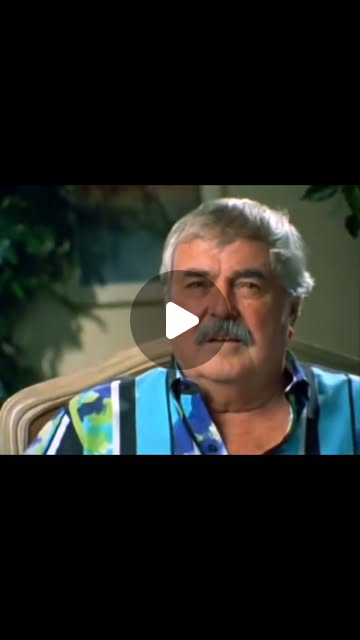When Independence Day was released on July 3, 1996, Area 51 was no longer a “secret” in the strictest sense—but much of it was still officially unacknowledged or shrouded in government silence.
Here’s a quick breakdown:
⸻
🛸 Area 51 Timeline: Public Knowledge vs. Official Acknowledgment
• 1955 – Area 51 (Groom Lake) begins operation as a secret test site for the U-2 spy plane, run by the CIA and Air Force.
• 1989 – Bob Lazar goes public claiming he worked on alien tech at a site near Area 51 (called “S-4”), which pushes Area 51 into pop culture and conspiracy lore.
• Early 1990s – Journalists and UFO enthusiasts increasingly spotlight the facility, with satellite photos and interviews pointing to Groom Lake.
• 1995 – The U.S. government officially denies the existence of Area 51 as a specific location. A lawsuit involving former workers alleging toxic exposure is dismissed in part because the location is not acknowledged.
• 1996 – Independence Day hits theaters and makes Area 51 a household name, cementing it in pop culture.
• 2013 – The CIA finally declassifies documents acknowledging Area 51’s existence, confirming it was used for aircraft testing (U-2, A-12, etc.).
⸻
🎬 So in 1996…
• Public: Many Americans (and conspiracy theorists) already believed Area 51 existed and was tied to aliens or advanced tech.
• Government: Still maintained official silence—no acknowledgment of the base’s existence or function.
• Hollywood: Used that ambiguity brilliantly—Independence Day leaned into the mystery, which made the Area 51 scene legendary.
⸻
TL;DR: By the time Independence Day was released, Area 51 was an open secret in public discourse—but still officially unacknowledged by the U.S. government.






